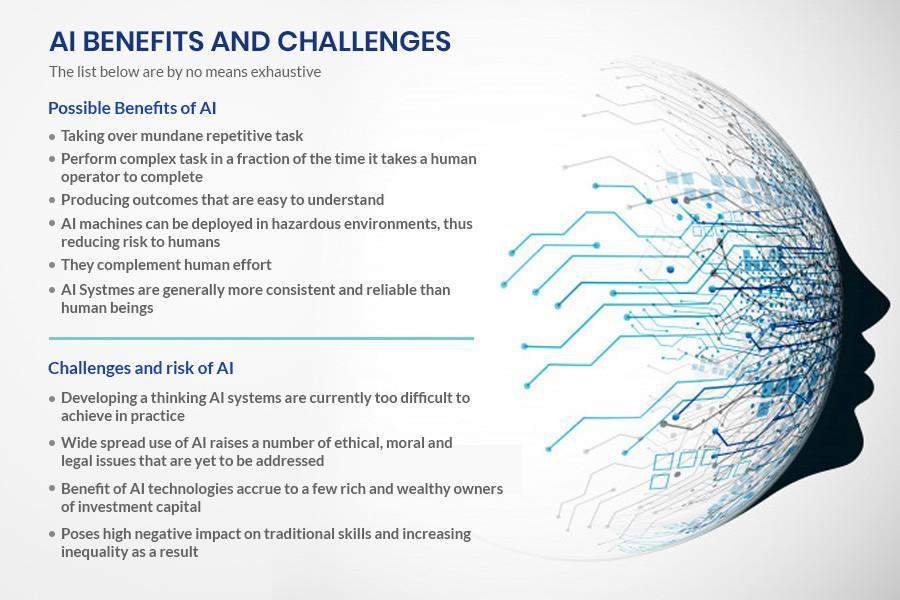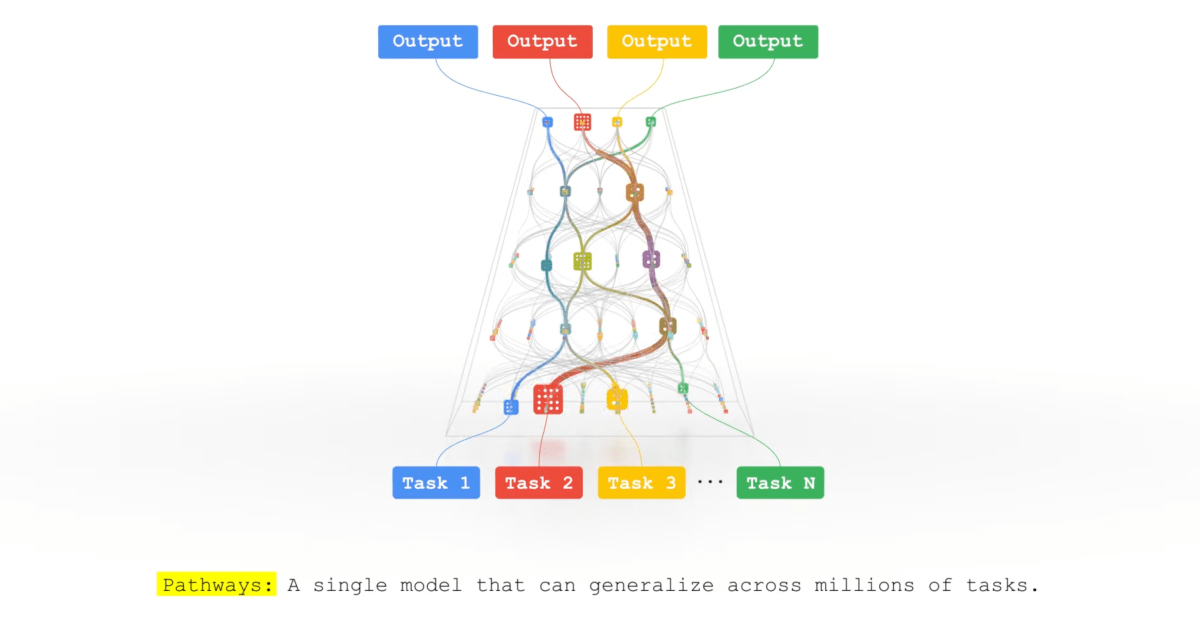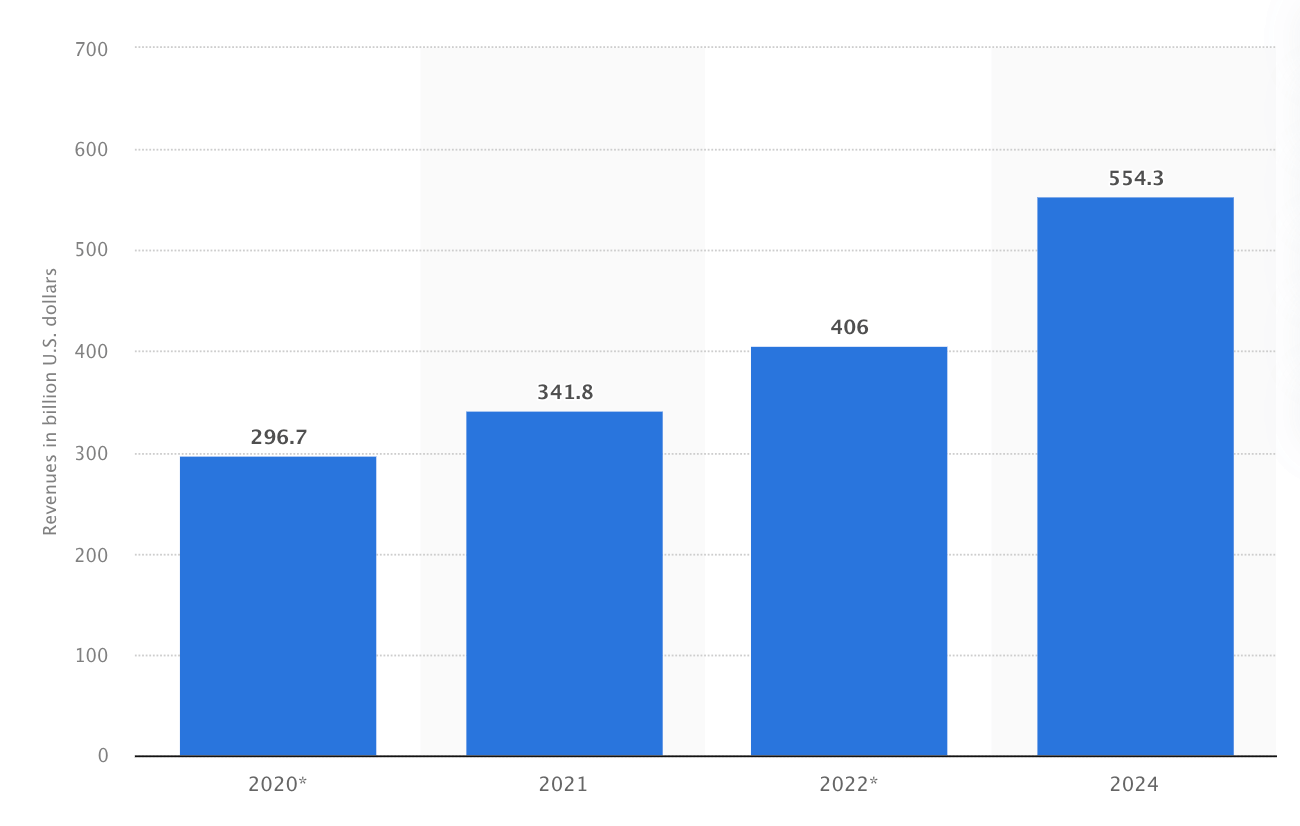
How Google Pathways Could Solve The Limitations in Narrow Artificial Intelligence?
Pathways, Google's next generation artificial intelligence (AI) architecture, provides promising solutions to the current weaknesses of existing systems and synthesizes their strengths.
Why is Google Pathways Unique & What Are The Three Types of Artificial Intelligence?
Google Pathways can enable multimodal models that encompass vision, auditory, and language understanding simultaneously.
Pathways could handle more abstract forms of data, helping find useful patterns that have eluded human scientists in complex systems such as climate dynamics.

There are 3 types of artificial intelligence (AI):
1. Narrow or Weak AI
2. General or Strong AI
3. Artificial Superintelligence.
What Are The Limitations of Today's Artificial Intelligence Systems?
Today’s AI systems are trained from scratch for new problems and the mathematical model’s parameters are initiated with random numbers.
The current artificial intelligence models are typically trained to do only specific things.
Each new model trains from nothing to do only one thing only, rather than extending the existing learning, which makes the process a lot more time consuming.

Here are the limitations of today's artificial intelligence systems:
– Artificial intelligence models are typically trained to do only one thing.
– Artificial intelligence models mostly focus on one sense.
– Artificial intelligence models are dense and inefficient.
Google's Pathways is a solution to the three limitations of today’s narrow AI models.
Google Pathways Could Solve The Limitations in Narrow Artificial Intelligence

Source: Google
Machine learning (ML) models are overspecialized at individual tasks and rely on one form of input. To synthesize them to several levels Google has built Pathways. This solution will enable a single AI system to generalize across millions of tasks, to understand different types of data and with higher efficiency.
According to Google, Pathways is a new way of thinking about AI that addresses many of the weaknesses of existing systems and synthesizes their strengths. Pathways will enable us to train a single model to do thousands or millions of things.
Conclusion

Artificial intelligence (AI) market revenues worldwide in 2020 and forecasts from 2021 to 2024 in billion of dollars. Source: Statista
Google Pathways can handle many tasks at once. Recent years have seen exciting advances in machine learning, which have raised its capabilities across a suite of applications. Google is continuously making progress in artificial intelligence. All sounds good and well. But there is a good suspicion that Pathways could end up overpromising and under-delivering as we are still far away from artificial superintelligence.
Trending
-
1 How Does SaaS Differ From IaaS And PaaS?
Fabrice Beaux -
2 Single Page Applications vs Multi-Page Applications
Fabrice Beaux -
3 Top 7 Effective Strategies for Multi-Language Website Development
Fabrice Beaux -
4 Boost Engagement to Infinity and Beyond: Unleashing AI-Driven Support
Anas Bouargane -
5 The Cheapest And Most Beautiful Stickers in CS2
Daniel Hall





Comments